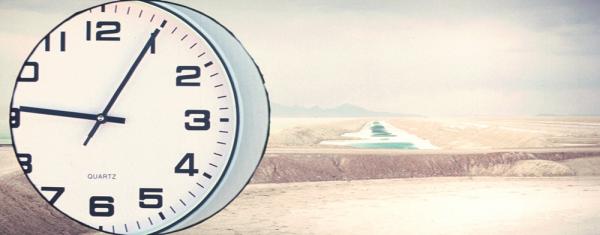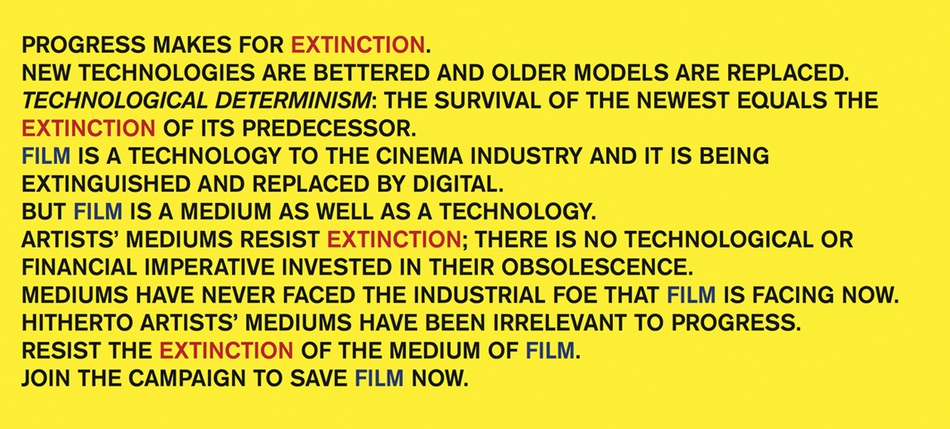LACMA's kicking off its Director's Series talks this Saturday with a conversation between artist and filmmaker Tacita Dean and CEO and Wallis Annenberg Director Michael Govan.
The event opens with a screening of Manhattan Mouse Museum, a 16-minute film from 2011 about Pop artist Claes Oldenburg in his New York studio. The short film captures the artist's absorption in his collection of curios and art: he dusts knickknacks and tinkers with miniature versions of everyday items that have undoubtedly informed his own sculpture. Manhattan Mouse Museum quietly documents a brief passage of time as Oldenburg tends to his collection of wares. Dean's interest in the dimension of time is reflected in this film, as she captures the day-to-day life of an iconic artist who continues to create work well into his 80s.
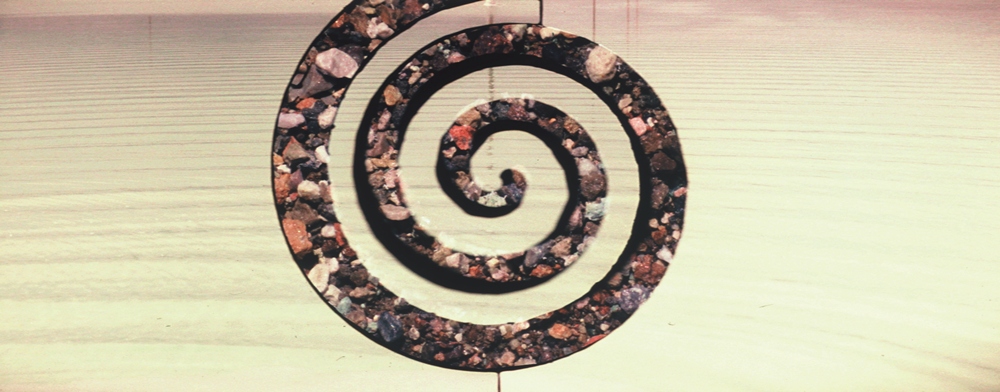
Dean continues to commit to the medium of 16 mm film, despite the ubiquity of digital methods of filmmaking. Acknowledging the pervasiveness of digital filmmaking today, Dean embraces the continued use of photochemical film, especially in an environment where technological importance and efficiencies may render extinct more analogue and tactile modes of production. In support of her efforts, Dean founded savefilm.org, the campaign to protect photochemical film and increase awareness of its artistic rather than technological importance.
In 2011, Dean created FILM for the Tate Modern's Turbine Hall. As a follow up to FILM , Dean's 2013 work, JG (the initials of the author J. G. Ballard, with whom Dean corresponded), was filmed in 35 mm on location in Utah and central California using aperture gate masking, a technique that Dean herself pioneered and used for FILM. The method allows for various shapes to be rendered on a singular frame, making possible the frame's ability to document the passage of time and space (the result of the physical film going through the camera numerous times). Stretching the possibilities of 35 mm by combining effects of the hand, JG is a work that could only have been produced with the tactility of such a medium.
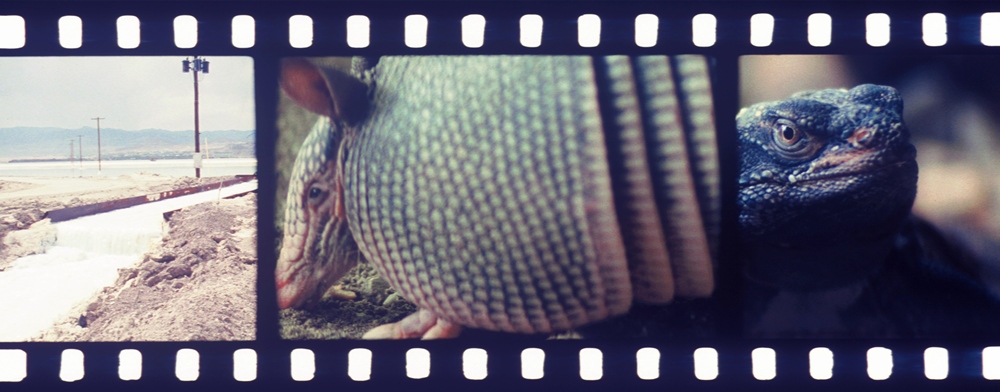
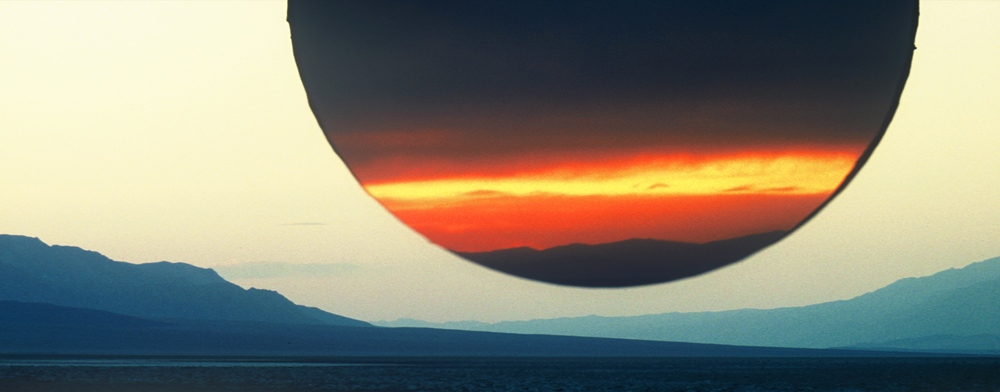
In addition to discussing JG, Dean will also touch upon her interests in land art, time, the desert, and her commitment to the medium and technology of film. Free and open to the public, the Director's Series conversation does require a ticket: reserve online or call 323 857-6010.



